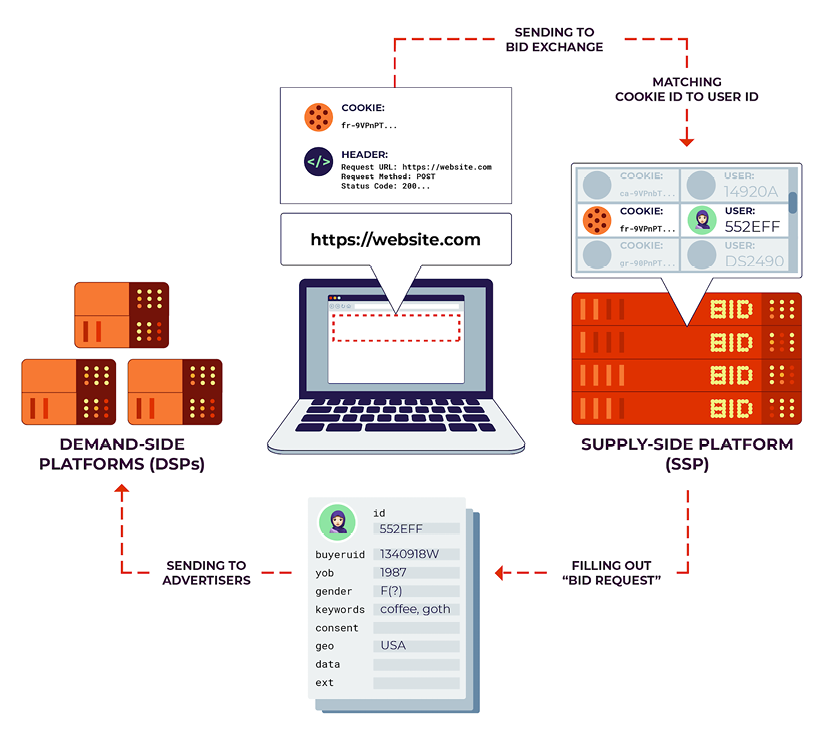Summary
In this chapter, we have seen that with the rise of AI and data, there is a need for AI and data literacy to understand and intelligently discuss the impact of AI and big data on society. The challenges and risks of AI include concerns about surveillance, manipulation, and unintended consequences, which highlight the importance of AI ethics and the need for responsible and ethical AI deployment.This emphasizes the need to train individuals to become Citizens of Data Science in order to thrive in a data-driven world dominated by AI models. We proposed an AI and Data Literacy Framework consisting of six components, including data privacy, AI techniques, informed decision-making, statistics, value engineering, and AI ethics, to provide guidance and education for responsible and ethical engagement with AI and data.We ended the chapter with a homework assignment to measure our current level of AI and data literacy. We will do the homework assignment again at the end of the book to...
































































